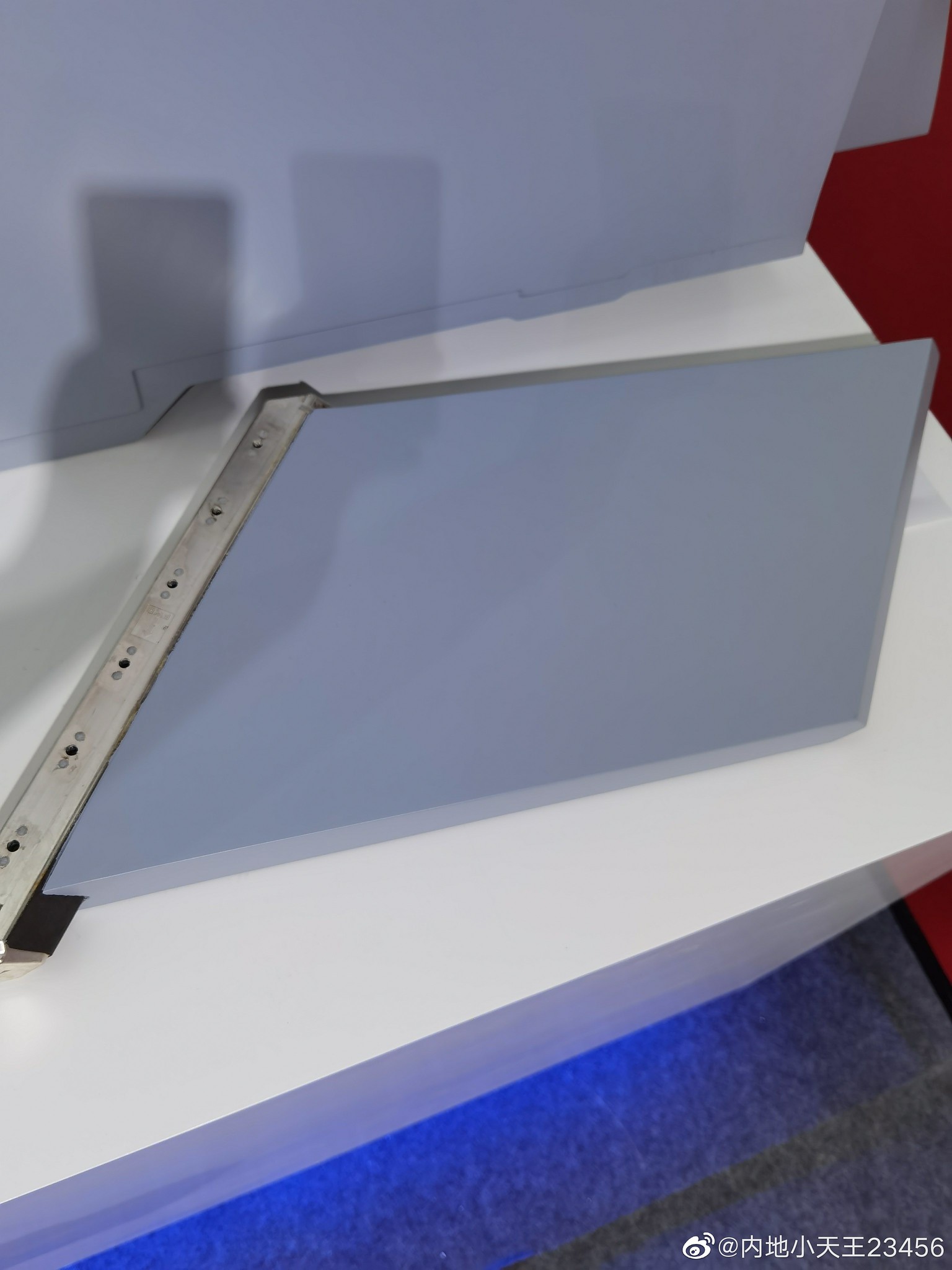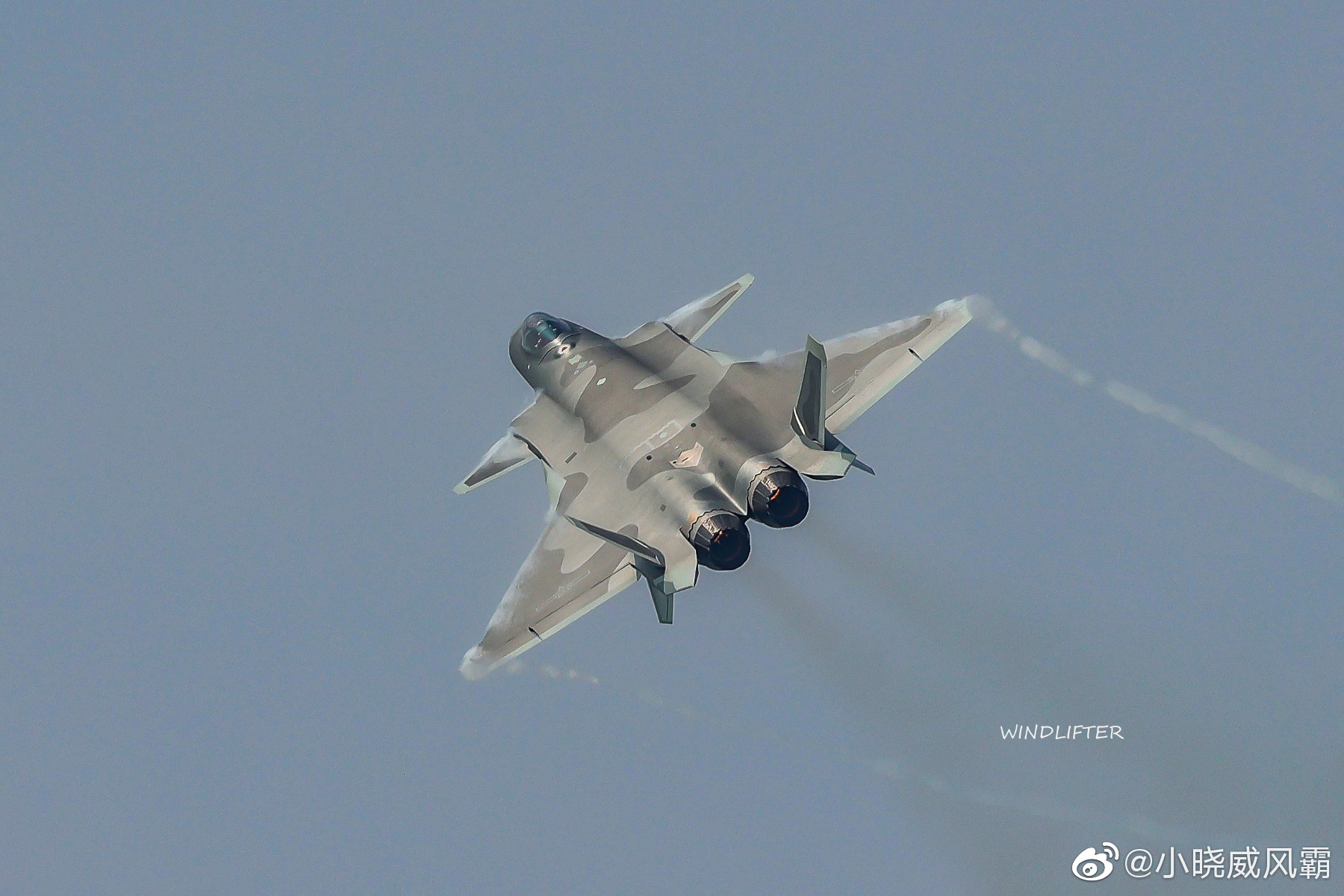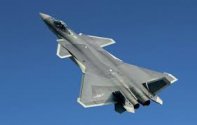All his original analysis did was look at the external shape of the J20. But as anyone with even rudimentary understanding of stealth will tell you, everything from internal structures to the use of RAM and radar transparent composites all work together to give you the final outcome.
As such, while his work could provide a basement level worst possible case baseline for how stealthy the J20 was if China just made it out of standard untreated metal and only applied external shaping, so from a practical point of view is almost useless.
Anyone with a rudimentary understanding of stealth? Somebody like, for instance, one Denys Overholser?
Stealth: The Secret Race to Invent an Invisible Airplane said:
But for most of the airplane, especially the exterior, the key advance was not materials but rather geometry. As Overholser put it, the [four] most important factors for shedding radar were "shape, shape, shape and materials"
So who is this guy? None other than Ben Rich's right-hand man for RCS reduction at the Lockheed Skunk Works during development of the F-117. The famous discovery of Pyotr Ufimtsev's work which enabled the shaping of that aircraft to achieve hitherto unheard-of stealth characteristics was his.
About the same time, Overholser's opposite number at XST programme competitor Northrop, John Cashen, came to a similar conclusion, from a slightly different perspective:
Stealth: The Secret Race to Invent an Invisible Airplane said:
As a result of all his work on missile defense, Cashen had received a thorough grounding in radar scattering and radar cross sections. And he knew what many aircraft designers did not know because of classification: that radar scattering theory had already been applied to actual airborne craft, including the Mark 12 reentry vehicle and the SRAM missile - and, further, that those vehicles had achieved remarkable reduction in radar cross section not through radar absorbing material but from the shape of the vehicle itself.
And if you think about it logically, circumstantial evidence for this principle of shaping over materials abounds in the configuration and testing of modern LO aircraft. Tests for optimization of shaping are done with all-metal (no RAM, or even any effort to match the construction of the real airframe) models like this one:
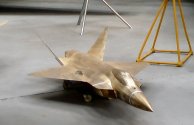
(MDD/BAe JAST/pre-JSF layout, if memory serves)
More to the point, if composite materials were so important, how come the majority-CFRP Typhoon does not achieve a lower RCS than the mostly metal F-117?
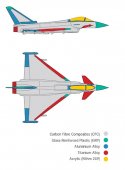
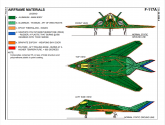
While we're at it, why would you accept serious restrictions on major aerodynamic parameters such as wing/tail sweep angles (planform alignment) and structural design (internal bays, with all their weight penalties) if you could simply smother a conventional aircraft in RAM?
The fact of the matter is, shaping is the primary determinant of an aircraft's RCS, the objective being to concentrate reflection of incident RF energy into sectors too narrow for enemy radars to exploit. These spikes/hotspots (intakes, leading edges) are then treated with RAM to further improve survivability, but by analyzing the mere shape you can definitely deduce very valuable information about a LO aircraft! You can criticize the 3D model Kopp used as guesstimated and obsolete (IIRC it is based on the J-20 demonstrator configuration with different intakes, curved LERX and uncropped trailing edges), but the method is perfectly valid.
Last but not least, while he undeniably has biases and questionable opinions on certain subjects outside his area of expertise, Kopp is an RF engineer by education... Although I'd take his views on other aspects of fighter design with a large dose of salt, on the particular topic of stealth he is probably better qualified to comment than the vast majority of indeterminate "ex-military" people.





